Photo Dynamic Therapy
Photo Dynamic Therapy (PDT) is a non-invasiveeatment and effective at treating actinic keratoses, as well as sun-damage on all skin types. PDT works by killing overactive oil glands and pre-malignant skin cells and pre-cancers.
At the Forefront Dermatology, formerly Asarch Dermatology, we are proud to offer photodynamic therapy to manage actinic keratoses.
Consider PDT to:
- Treat actinic keratosis
- Fade sun damage
- Address overactive oil glands
What is Photodynamic Therapy?
Photodynamic therapy is an innovative technique in photo-facial therapy, using light instead of drugs to damaged skin. Treatments are simple. The patient sits comfortably with his/her face positioned close to the light for a short period of time, determined by his/her doctor.
What is Levulan?
Levulan (5-Amino Levulinic Acid) is a medication that is applied to the skin that makes bacteria and precancerous sun spots more sensitive to the PDT treatments. Results with Levulan PDT are especially impressive when compared with conventional treatments, such as topical medicines and oral antibiotics.
What Else Can Levulan Photo-dynamic Therapy Do?
Photodynamic Therapy can be used for non-surgical skin rejuvenation. This procedure results in significant improvement in pre-cancerous skin conditions, such as actinic keratoses, sun damage and potentially superficial skin cancers.
Levulan is absorbed by precancerous cells and then the Levulan kills the cells leaving the healthy skin unharmed. It has the added benefit of skin cancer prevention – killing abnormal cells before they can become a skin cancer.
Why Should I Consider Levulan Photo-dynamic Therapy?
Levulan can:
- Remove precancerous skin lesions
- Help prevent skin cancer
- Improve skin texture
- Treat sebaceous hyperplasia (enlarged oil glands)
What Results Can I Expect?
No two individuals are the same, and results may vary. Some conditions can improve dramatically in some patients and not respond in others.
Overall, patients with severely sun-damaged skin with actinic keratosis, texture, and tone changes, including mottled pigmentation, dull or sallow skin, and skin laxity, may see good to excellent improvement with PDT. There can be an improvement of large pores and your overall facial complexion.
How Safe is PDT?
The PDT light penetrates just deep enough into the tissue to reach the target. It contains no ionizing radiation. There will be redness after treatment and the treated area may flake or crust. Your skin will be sensitive from a few days to a couple of weeks after treatment. Your Dermatologist will give you specific information on how to prepare for your treatment and care for your skin after treatment.
What Are the Possible Side Effects?
The side effects of the treatment are minimal and not very damaging. The light therapy does not go deep enough into your skin to affect the tissue -only the lesions it’s targeting. The treatment itself isn’t painful, although it could be slightly uncomfortable to have your face in a chin rest for 15 minutes.
The reported side effects are usually mild and include redness or other temporary pigment changes, swelling of the treated areas and dryness. These symptoms should go away a few hours after the treatment is complete, so talk to your dermatologist if your skin is still red or dry after a few days.
